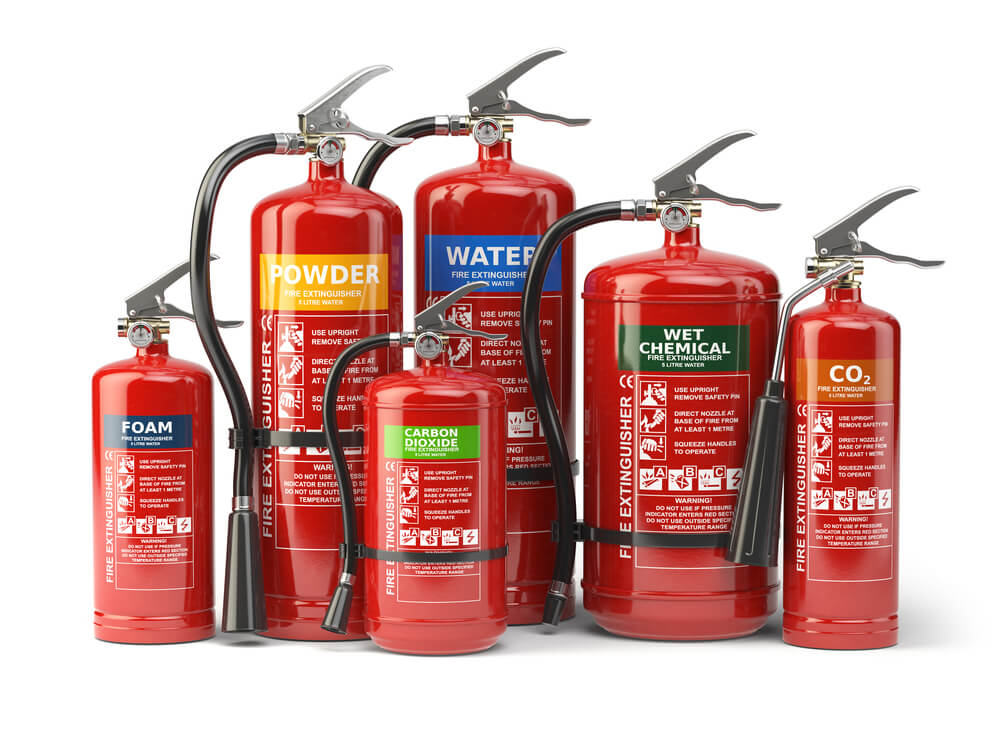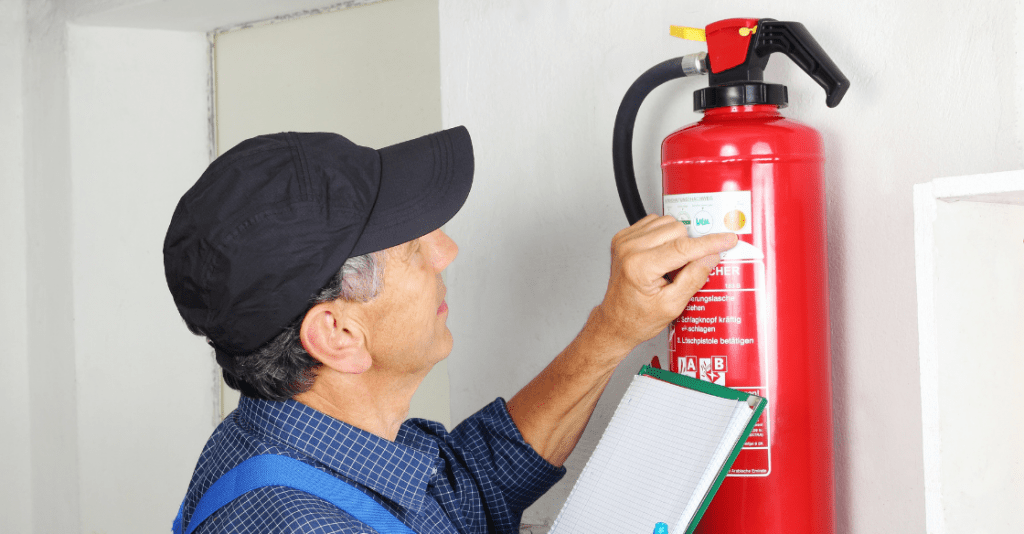In the unpredictable landscape of life, safety is paramount, especially when it comes to fire prevention. Fires can start in different places like homes, offices, or factories, and can be dangerous for people and things. One of the most critical aspects of fire safety is choosing the right type of fire extinguisher. This seemingly simple choice can make a world of difference during a crisis, potentially saving lives and preventing extensive damage.
At APFE, we understand the complexities of fire safety. We specialize in fire protection equipment, and fire extinguisher services, with personalized consultations for businesses’ specific needs.
Understanding Fire Extinguisher Service Basics
Fire extinguishers, in essence, are your first line of defense against fires. They are portable devices designed to control small fires, preventing them from spreading and escalating. Understanding how these devices work is crucial.
A fire extinguisher typically consists of a canister filled with an extinguishing agent under pressure. When activated, this agent is expelled onto the fire, cutting off the oxygen supply and suppressing the flames.
Equally important is matching the fire extinguisher to the specific type of fire. Fires are categorized into classes – Class A, B, C, D, and K – based on the materials fueling them. Using the wrong type of extinguisher can be ineffective or even dangerous.
Types of Fires and Corresponding Fire Extinguishers
Understanding the distinctions between various types of fires is crucial when selecting the appropriate fire extinguisher. Here’s a breakdown of different fire classes and their corresponding extinguishers:
- Class A Fires (Wood, Paper): These fires involve common combustibles and are best extinguished using water or foam extinguishers. Water cools the fire, while foam creates a barrier, preventing re-ignition.
- Class B Fires (Flammable Liquids): Fires fueled by liquids like gasoline require CO2 or dry chemical extinguishers. CO2 suffocates the fire by displacing oxygen, and dry chemical agents interrupt the chemical reaction of the fire.
- Class C Fires (Electrical Equipment): For fires involving electrical equipment, non-conductive extinguishers like CO2 are essential. CO2 safely puts out the fire without conducting electricity.
- Class D Fires (Metals): Fires involving metals demand specialized extinguishing agents tailored to the specific metal involved. These agents create a barrier, cutting off the metal’s oxygen supply.
- Class K Fires (Commercial Kitchens): Found in kitchens with hot cooking oils and fats, Class K fires need wet chemical extinguishers. These extinguishers react with cooking oils, forming a soapy film that extinguishes the fire and prevents re-ignition.
Real-life scenarios highlight the critical nature of these differentiators. Picture a bustling restaurant kitchen – a misused extinguisher could escalate a manageable fire. APFE’s consultations ensure businesses possess this vital knowledge, empowering them to handle diverse fire situations effectively.

Fire Extinguisher Categories and Uses
Fire extinguishers are designed for specific contexts. Here’s a breakdown of extinguisher categories and their applications:
- Water extinguishers: Good for fires involving ordinary materials, but don’t use them on electrical or grease fires to avoid danger.
- Foam Extinguishers: Effective for Class A and B fires, foam creates a barrier, preventing re-ignition.
- CO2 Extinguishers: Ideal for electrical fires because of their residue-free nature, making them safe for sensitive equipment.
- Dry Chemical Extinguishers: Can be used for different types of fires, but be careful near delicate machinery to avoid harm.
- Wet Chemical Extinguishers: Made for Class K fires in kitchens. They create a film on cooking oils to put out fires and stop them from reigniting.
Knowing where and when to use these extinguishers is paramount. Water and foam extinguishers find their place in offices and homes, while CO2 extinguishers are essential in server rooms. APFE provides expert guidance on the suitable environments for each type, ensuring businesses have the right extinguisher in the right location.
Conclusion
In short, fire safety is complex, and selecting the right fire extinguisher requires careful thought. To create a safer environment, you need to know about different fires and their extinguishers. This knowledge is the initial step in protecting yourself, your staff, and your belongings.
We encourage you to take that vital step towards a safer future. Contact APFE today for a personalized fire extinguisher service and discover how our tailored solutions can elevate your fire safety measures. Don’t leave the safety of your business to chance – let APFE be your trusted ally in fire protection. Your safety is our priority; let’s work together to safeguard what matters most.



